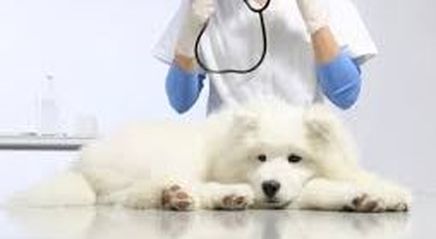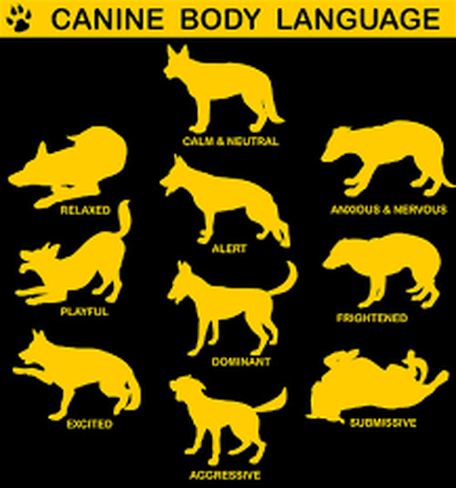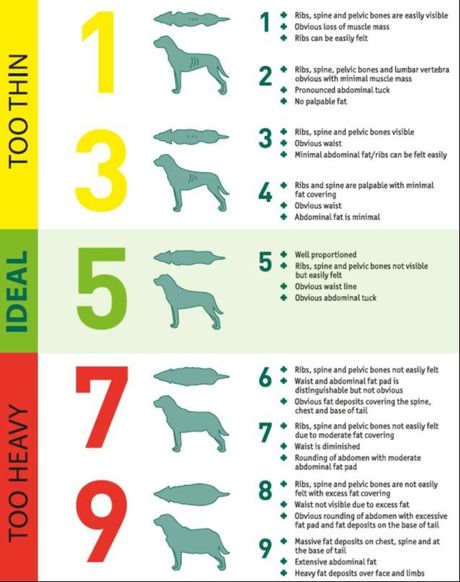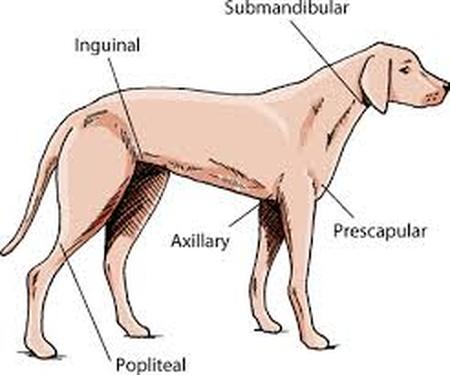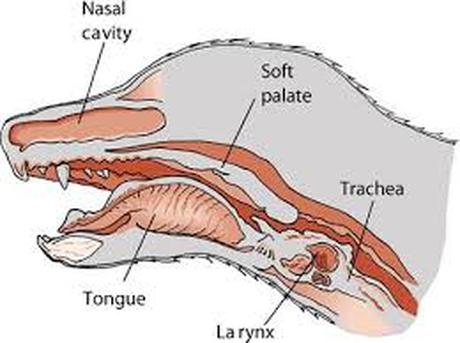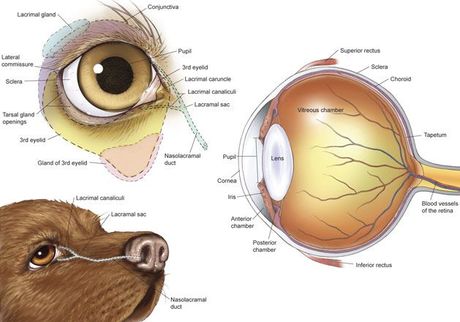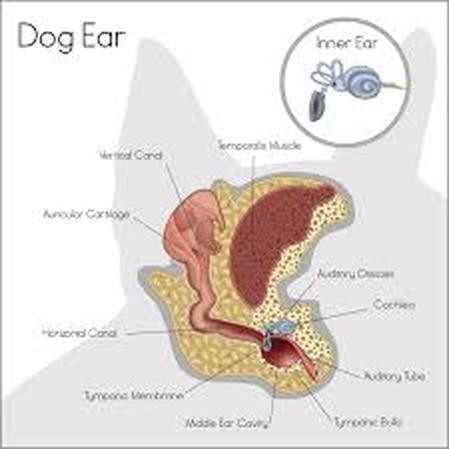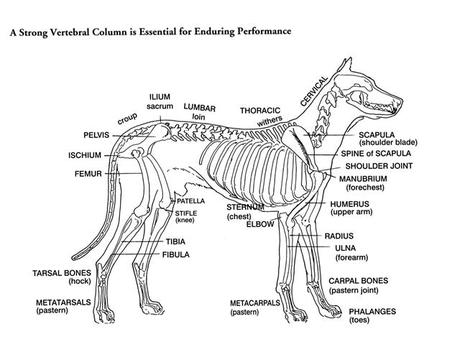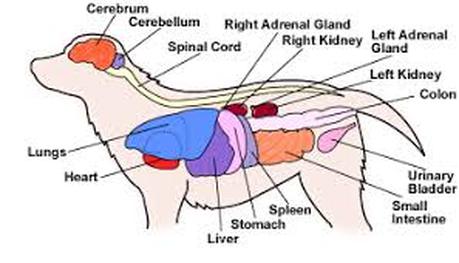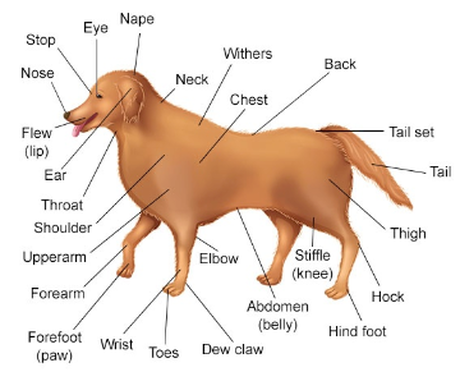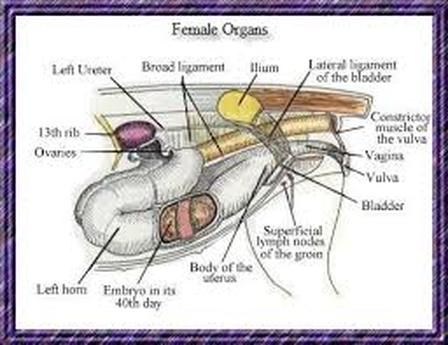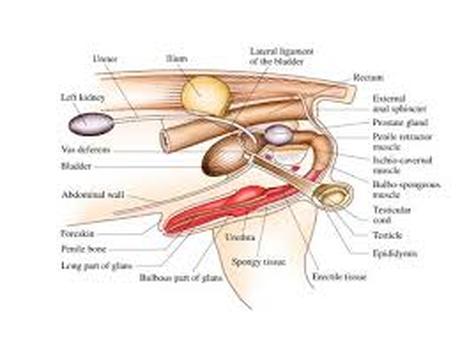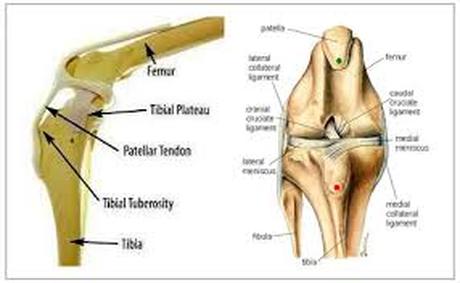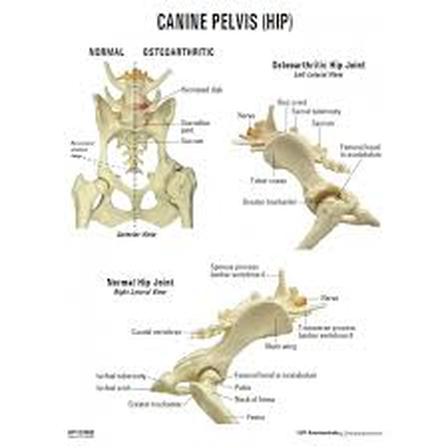- SDSW THERAPY DOGS HOME
- About
- Education & Public Speaking
- Contact
- Ain't Nothing But A Hound Day
- Club Sponsors 2024
-
Canine Care - First Aid & Health & Wellbeing
- Canine First Aid Kit Contents
-
CANINE CARE
>
- Anal Glands/Sacks
- Burns
- Coconut Oil
- Dental Care
- Dry Dog Food
- Grooming and maintenance
- Heat Stroke
- How To Trim Your Dogs Claws
- Nutrition
- Raw Feeding
- Spaying & Neutering
- Toxic Food - Fruits, vegtables & Fish
- Turmeric Powder
- Vaccinations, Worming, Microchipping >
- Veterinary Clinical Examination
- Vitaimin E
- Zinc Deficency
- Bandaging & Wound Cleaning
-
Emergency First Aid A-Z
>
- Abscesses
- Adder Snake Bite
- Bee Stings & Insect Bites
- Bleeding (external)
- Bleeding (internal)
- Bloat
- Chemical Burns
- Choking
- CPR - Cardio Pulmonary Resusitation
- Dehydration
- Dental Emergencies
- Difficult Births
- Drowning
- Eye Injuries
- Electrocution
- Fainting - "Syncope"
- False Widow Spider Bite
- Fever
- Fox Bites
- Fractures
- Heatstroke
- Hot Spots - Canine Acute Moist Dermatitis
- Hypothermia
- Nose Bleed
- Paralysis
- Poisoning and Exposure to Toxins
- Penetrating Injuries
- Rat Bites
- Seizures
- Shock
- Straining & Constipation
- Transporting Injurerd Dogs
-
Health & Wellbeing
- Abnormal Heart Rhythm in Dogs
- Alaskan Husky Encephalopathy (Sub acute Necrotizing Encephalomyelopathy)
- B12 Deficiency or Cobalamin Malabsorption
- Breathing Difficulties
- Canine Athletes Heart Syndrome
- Congenital Heart Disease in Dogs
- Epilepsy
- Hip dysplasia
- Hypoglycemia
- Hypothyroidism & Hyperthyroidism
- Joint Luxation
- Ligament and Tendon Tears
- Metabolic Myopathy
- Paw Pad Problems
- Portal Systemic Shunts
- Pyometra & Cystic Endometrial Hyperplasia
- Snow Nose
- Stomach Ulcers
- Tendonitis
- Urinary Tract Health
- Infectious diseases >
- Controlling Your Dog In Public
- Donation & Fundraising
- Evolution Of Dogs
- Equipment
- Puppy and dog walking tips
-
Training

